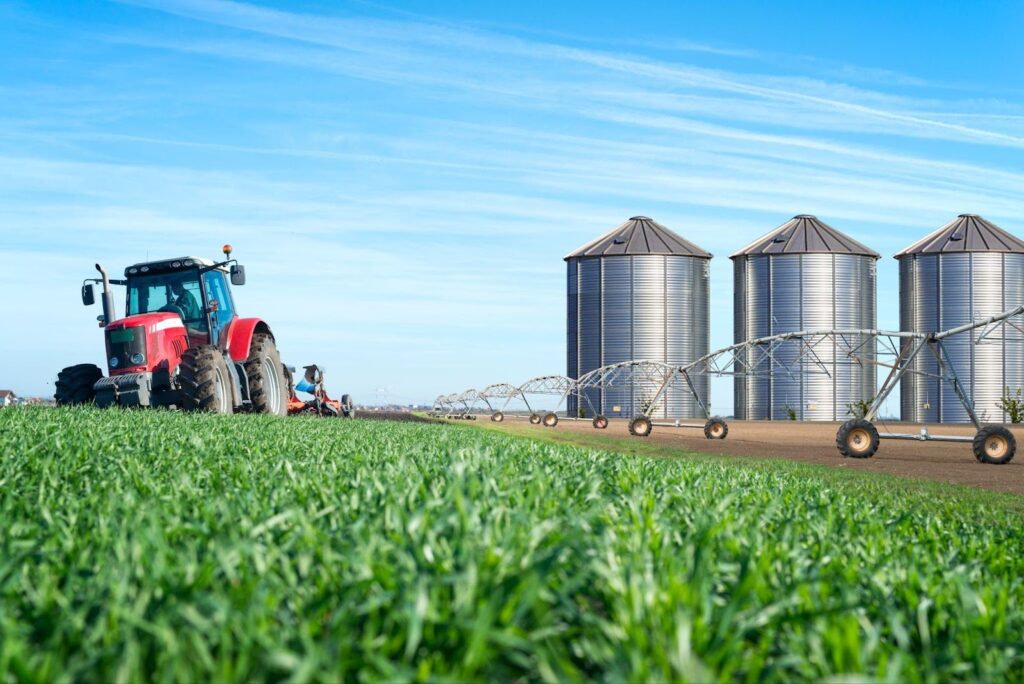
Water is a precious resource, especially in the agricultural sector where its availability directly affects crop yields and food security. One of the significant challenges faced by farmers worldwide is the loss of water through evaporation. This issue becomes more pronounced in regions with high temperatures and low humidity. To address this, efficient storage solutions have emerged as a critical strategy to reduce water evaporation on farms, thereby conserving water and enhancing agricultural productivity.
Understanding Water Evaporation in Agriculture
Water evaporation occurs when water from various sources, such as irrigation systems, reservoirs, and ponds, is exposed to the atmosphere. Factors such as temperature, wind speed, and relative humidity influence the rate of evaporation. In agricultural settings, water loss through evaporation can lead to significant inefficiencies, resulting in the need for more frequent irrigation and higher water consumption.
Types of Efficient Water Storage Solutions
Covered Storage Tanks: One of the most effective methods to reduce water evaporation is the use of covered storage tanks. These tanks are designed to store water with minimal exposure to the atmosphere. By covering the tanks with lids or tarpaulins, the surface area in contact with air is reduced, thereby decreasing the rate of evaporation.
Shade Cloths and Floating Covers: Shade cloths and floating covers are used to shield open water surfaces from direct sunlight and wind. These covers create a barrier that reduces the temperature of the water and limits its exposure to evaporative conditions. Floating covers, such as plastic balls or mats, are particularly effective for larger water bodies like ponds and reservoirs.
Underground Storage: Underground water storage systems, such as cisterns and aquifers, offer a natural solution to minimize evaporation. By storing water below the surface, it is protected from the direct impact of heat and wind, significantly reducing evaporation losses.
Benefits of Efficient Storage in Reducing Evaporation
Water Conservation: Efficient storage solutions help conserve water by minimizing evaporation losses. This is particularly crucial in arid and semi-arid regions where water scarcity is a persistent challenge.
Cost Savings: By reducing water loss through evaporation, farmers can decrease the frequency and volume of irrigation required. This translates to lower water consumption and reduced operational costs.
Improved Crop Yield: Adequate water availability is essential for healthy crop growth. By conserving water, efficient storage ensures that crops receive a consistent supply of moisture, leading to better yields and higher quality produce.
Sustainability: Implementing efficient water storage solutions promotes sustainable agricultural practices. It reduces the strain on natural water sources, mitigates the impact of droughts, and supports long-term food security.
Conclusion
Efficient water storage plays a vital role in reducing water evaporation on farms. By adopting covered storage tanks, shade cloths, floating covers, and underground storage systems, farmers can conserve water, reduce costs, and promote sustainable agricultural practices. As the global demand for food continues to rise and climate change exacerbates water scarcity, efficient storage solutions will be essential for ensuring the long-term viability of agriculture. Through innovation and the implementation of best practices, farmers can overcome the challenges of water evaporation and secure a more sustainable future for agriculture.


